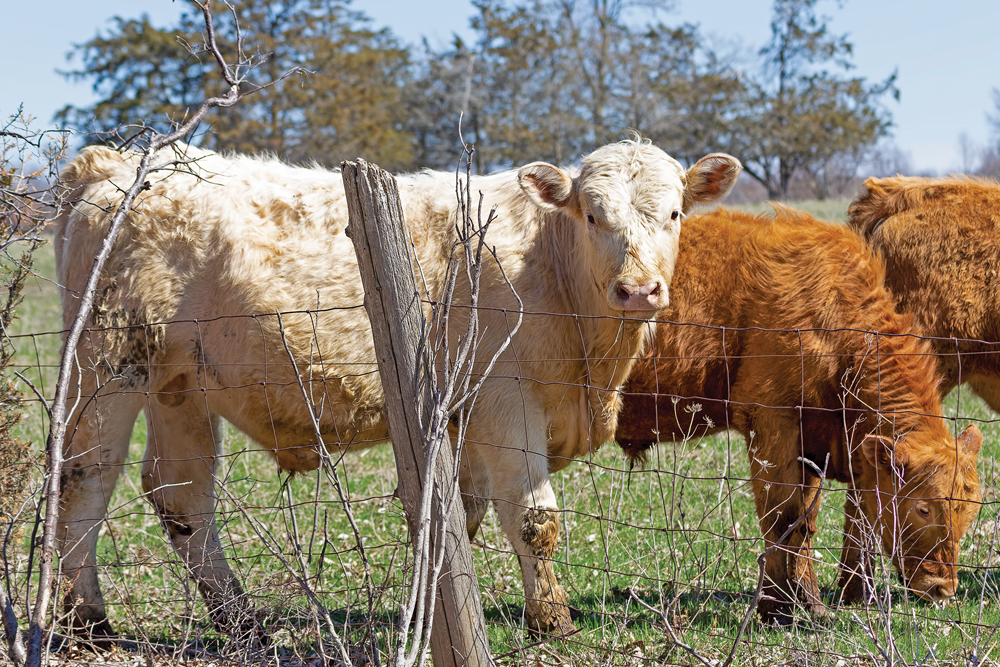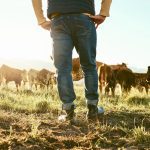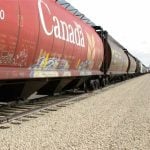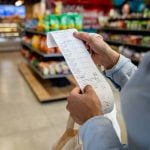Western Canada’s continued drought issues this year led the federal government to jumpstart identification of areas where producers can get in on the livestock tax deferral provision — including a chunk of south-central Manitoba.
Why it matters: Much of central Manitoba had less than 60 per cent of normal rainfall for the growing season as of Aug. 22, according to Manitoba Agriculture.
On Aug. 21, federal Agriculture and Agri-Food Minister Lawrence MacAulay announced an initial list of designated regions for the provision for the 2023 tax year.
Read Also
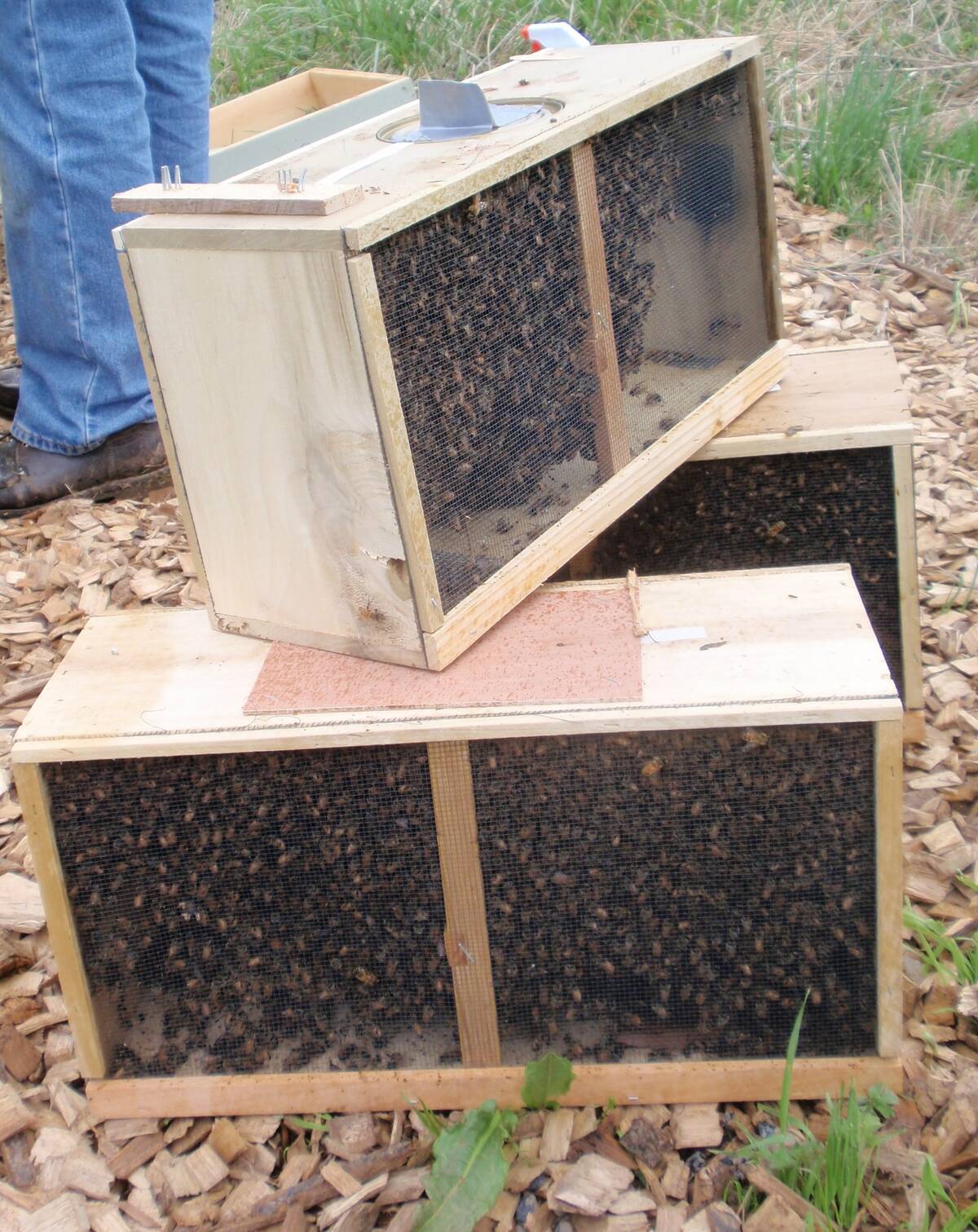
Canadian beekeepers call for regulatory accountability
Beekeepers say the Canadian Food Inspection Agency should restore packaged U.S. bee shipments, claiming the agency isn’t following evidence.
In Manitoba, that list includes 19 municipalities so far: Dufferin, Grey, Lorne, Louise, Macdonald, Montcalm, Morris, Norfolk-Treherne, North Norfolk, Pembina, Portage la Prairie, Rhineland, Roland, St. Laurent, Stanley, Thompson, Victoria, WestLake-Gladstone and Woodlands.
Other western provinces featured even more heavily. The federal ag department has flagged 96 jurisdictions in western Saskatchewan, 62 in British Columbia and 56 in Alberta.
A preliminary list of prescribed drought and flood regions for the deferral in a given tax year is usually ready in early fall. The federal government has said that making the designations earlier “helps provide assurance for producers as they make difficult herd management decisions.”
The government said it will continue to monitor conditions across the country and add other regions throughout the year “if they meet the criteria.”
The full and final list for a given tax year is usually set in December, when forage yield data is finalized.
In order to qualify, an area must have seen forage yields of less than 50 per cent of the long-term average, whether caused by drought or excess moisture. Eligible regions are identified based on weather, climate and production data, in consultation with industry and provinces.
Once an area makes the list, eligible producers who had to cull breeding herds by at least 15 per cent may defer part of the income from those sales until their next non-designated tax year.
If the herd is cut by at least 15 per cent but by less than 30 per cent, then 30 per cent of income from net sales can be deferred.
If a producer reduces their breeding herd by 30 per cent or more, 90 per cent of income from net sales can be deferred.
READ MORE: As most auctions reopen, cattle industry’s future looks grim
The idea behind the provision is to ease cash flow hurdles and herd rebuilding efforts. In the 2024 tax year — or in the next tax year in which the designation is lifted off a specific municipality — the deferred taxable income from the sale of culled breeding stock can be at least partially offset by the cost of reacquiring breeding animals, which works out to a reduced tax burden connected to the original sale.
The government said Aug. 21 it “recognizes the significant challenges livestock producers in Western Canada are facing due to exceptionally dry conditions. Compounded by subsequent years of drought, pastures and forage production are significantly impacted, leading to low feed supplies for livestock.”
AgriRecovery pending in the West
Work is also “urgently progressing” to finalize AgriRecovery programs for B.C., Alberta and Saskatchewan and sort out any additional supports that might be needed to cover extraordinary costs faced by producers in those provinces, the federal minister said.
The three provinces requested AgriRecovery assessments from the federal government in early to mid-July after being faced with the multi-pronged stresses of wildfires and poor growing conditions from drought.
A release from the government of Saskatchewan, dated July 18, also noted that province had requested the early release of areas eligible for the livestock tax deferral at that time.
“My heart goes out to farmers and ranchers who are affected by these extreme weather conditions,” MacAulay said Aug. 21
Along with the deferral provision, he pointed to “enhanced support” under business risk management programs and said the federal government “will continue to work closely with provinces to get producers the additional support they need as quickly as possible.”
As for other supports already in place, the federal government said Aug. 21 that it has already cleared requests from B.C. and Alberta for late participation in AgriStability, as well as requests from B.C. and Saskatchewan to increase the interim payment rate under AgriStability to 75 per cent, up from 50.
MacAulay also noted one-year adjustments to federal-provincial AgriInsurance programs to make more drought-damaged crops available for feed in Alberta, Saskatchewan and B.C.


